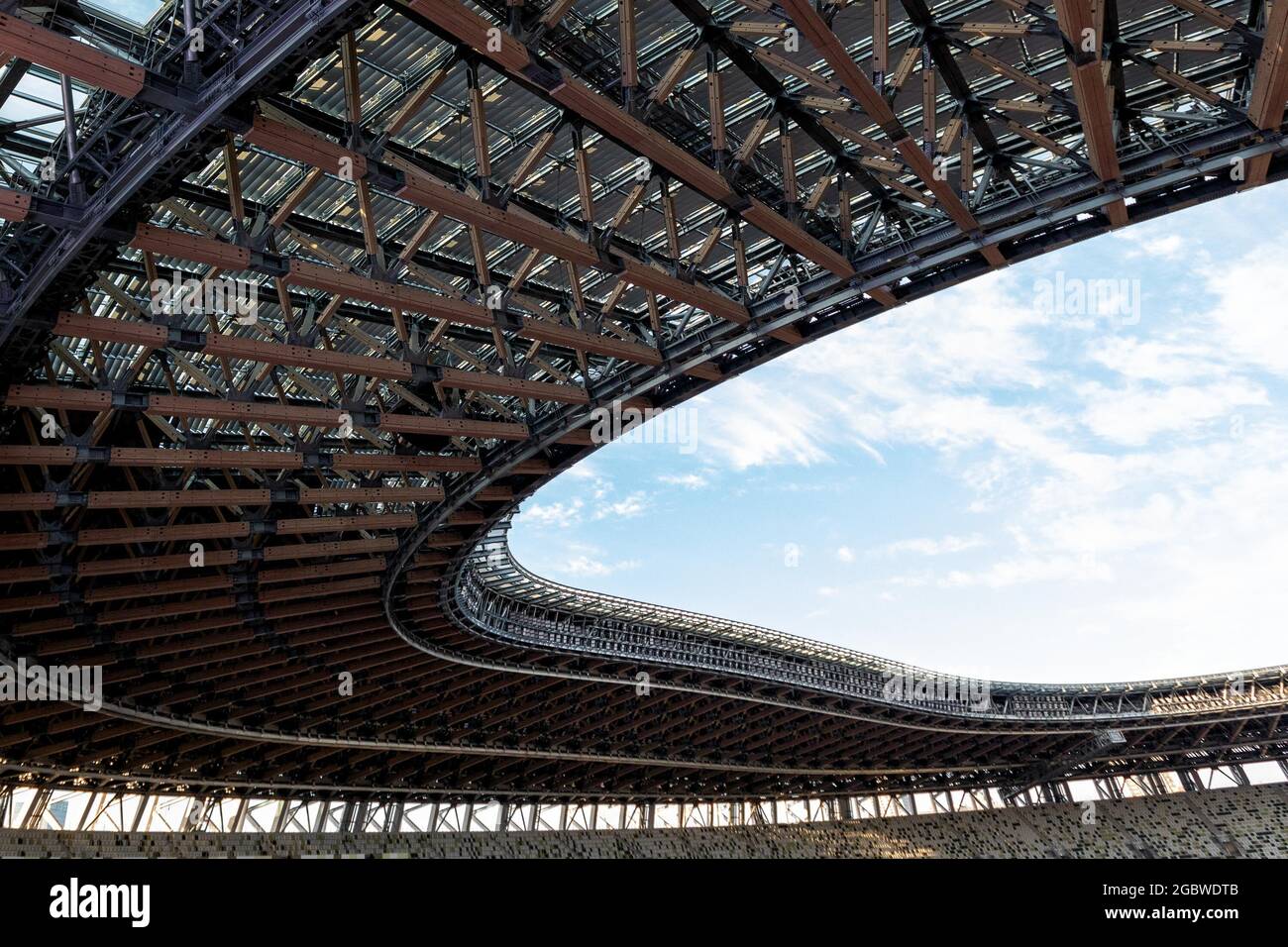

In an outdoor stadium, you will rarely have any system operator locations placed in the open without any protection against weather. Since these displays are viewed from a distance, resolution is not as critical as it would be with near-field viewing.Ĩ. Hence the current approach always involves LED video elements. Regarding scoreboards, large-format video displays and ticker displays in an outdoor venue, the displays necessarily have greater requirements for display brightness. In addition, all field connectivity must be housed and protected by weatherproof enclosures, and all cabling must meet environmental specifications.ħ. There are several manufacturers that offer outdoor components that provide waterproof connectivity and weatherized external cabling to be routed to an adjacent weatherproof junction box. All audio and video components that will come in direct contact with weather (heat, cold, humidity, rain) will be weatherized. This also helps to reduce the audio power requirements from the rooftop line arrays, and subsequently reduces the effects of sound energy reflected off structural vertical surfaces.Ħ. These loudspeaker devices are then delayed to the main rooftop line arrays, where needed. This aids in providing more direct-field sound to the listeners. It has become a de facto standard to use compact loudspeaker devices mounted under the roof and upper decks to cover the adjacent seating areas. This is where large-format loudspeaker line arrays come in handy.ĥ. Due to changes in humidity in the air from wind, etc., the high-frequency response will appear to “drift in and out.” The only partial solution here is, as stated above, to concentrate as much high-frequency energy in a more directional coverage pattern. Unless the design considers far-side reflections, the delayed return path of any reflected sound will result in audible echo.Ĥ. Unless the stadium has a rigid “roof” structure of some reasonable strength, the designer is limited to placing the main stadium loudspeaker systems above the bowl structure. For example, without acoustical room support, the designer is faced with using more directional loudspeaker systems that push the upper limit of sound pressure level output.ģ. They are, however, subject to a different set of obstacles. Outdoor stadia aren’t affected by indoor acoustical issues such as HVAC noise levels and reverberant characteristics.Ģ. Let’s look at some aspects of this type of project:ġ. Along with greater overall size of audiovisual systems comes an increased amount of coordination between the owner, the architect (sometimes multiple architects), the project design team, the general contractor, and their subs. The primary difference is the magnitude of the design.

What is the difference between a stadium and a coliseum?Īs nouns the difference between coliseum and stadium is that coliseum is a large theatre, cinema, or stadium: the london coliseum while stadium is a venue where sporting events are held.Many aspects of designing a stadium or arena facility are no different than most other audiovisual projects. (Most were built into the side of hills.) Modelled on the original Colosseum in Rome, the amphitheatre of El Jem is notable for being one of the few freestanding arenas in North Africa. We also change other things like in the Colosseum there was no roof because the only light that they had was sunlight.Īlso to know, what is similar to the Colosseum?ġ. But now for the modern stadiums we still use all those tools but we also use steal, metal, iron, etc. One may also ask, how did the Colosseum influence modern stadiums? Sports of the Stadiums While emperor Vespasian was ruling they built the Colosseum between A.D. At 85 meters by 53 meters, the elliptical arena of the Colosseum is also about half the size of a typical football field, and even smaller when the buffer around the field is considered. The footprint of the Colosseum is about half the size of a typical NFL stadium. The Colosseum is made of stones and concrete.Īlso question is, how big is the Colosseum compared to modern stadiums? These stadiums are also larger than the Roman Colosseum and can hold up to 100,000 people, almost twice as much as the Colosseum. Modern stadiums have several retractable seats which allows for people to easily walk through rows of seats.


 0 kommentar(er)
0 kommentar(er)
